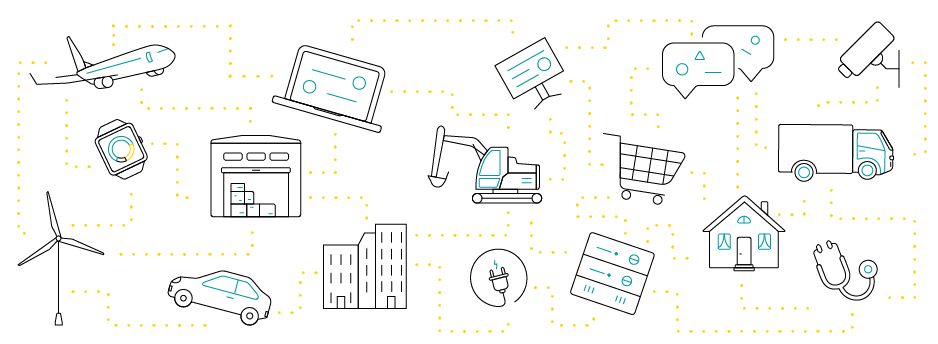
IoT is just warming up
The modern world strives to use intelligent technologies so that every device, home appliance, car or even building can collect and exchange data in real time over the interconnected network. This concept fits in with the trend known as the Fourth Industrial Revolution (Industry 4.0). With many estimates regarding the number of devices connected to the global network until 2020 oscillating from 20 up to even 50 billion, analysts seem to agree that IoT will be one of the fastest growing IT technologies in future years.
To ensure its further development, however, edge computing, i.e. distributed computing paradigm, is necessary. In edge computing, data is stored and analyzed directly in end devices. As a result, only the most important information gets to the central cloud servers. Operation based on real-time data allow, for example, the development of autonomous vehicles—not only cars but also container ships etc.
5G to the rescue
Many devices can efficiently use low bandwidth network services such as NB-IoT or Cat-M1. There’s no doubt that the implementation of 5G networks this year will have a big impact on the development of advanced Internet of Things applications that support technologies and fields such as artificial intelligence, machine learning, robotics, automation, or virtual and augmented reality.
5G technology will increase the capabilities of these applications with the introduction of cognitive data processing. At the same time, the very small delays offered by 5G connection mean that those applications that must respond immediately to dynamically changing conditions (e.g. traffic control, autonomous vehicle control etc.) will no longer be a problem.
But first… security!
Undoubtedly, a huge increase in the number of devices will attract hackers and encourage them to attack the devices heavily, searching for various types of vulnerabilities. Device manufacturers will face a real challenge in the coming months, but they must buck up and ensure security in their products. Otherwise, IoT networks will become easy prey for cybernetic predators. However, the responsibility lies not only on manufacturers but also on users—we should remember to always have the latest software update on our smart things, use strong authentication methods and generally adhere to best security practices.